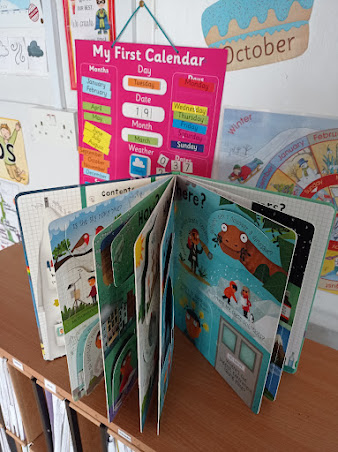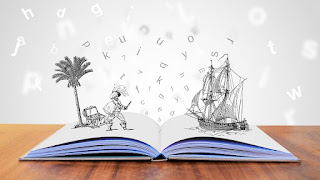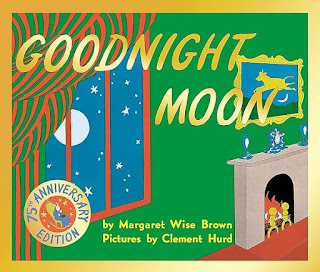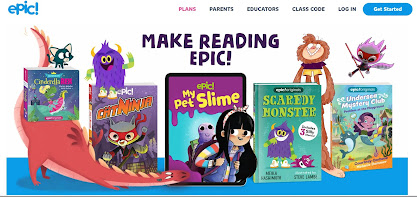Nurturing Neat Penmanship: Strategies for Year 1 and 2

As educators and parents, we understand the significance of good handwriting in a child's academic journey. Year 1 and 2 are pivotal years for developing foundational handwriting skills that lay the groundwork for future academic success. Today, let's delve into effective techniques for fostering neat penmanship during these critical years, emphasising correct pencil grip, the utilisation of a specialised handwriting book, and the importance of perseverance in the face of challenges. 1. Mastering the Basics: Correct Pencil Grip Before delving into letter formation, it's essential to ensure that children have mastered the correct pencil grip. Encouraging the tripod grip—where the pencil is held between the thumb and index finger while resting on the middle finger—provides stability and control, facilitating smoother and more precise handwriting movements. 2. Utilising a Handwriting Book: Visual Aid for Letter Placement In our efforts to promote neat handwriting, ...






